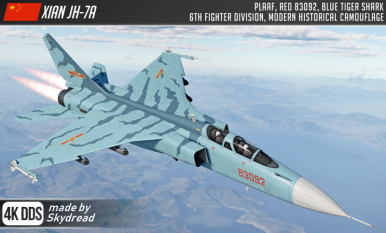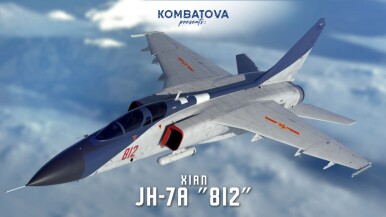
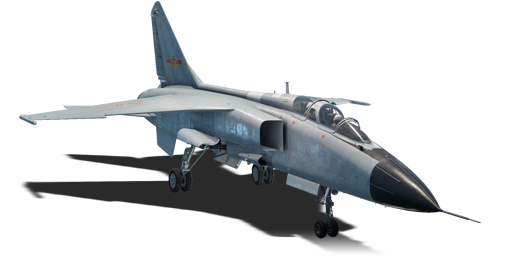


Due to the advent of the latest US and Russian strike aircraft projects of the time, such as the F-15E and the Su-34, China quickly realized their Q-5 fleet was technologically behind. Building a new supersonic heavy strike aircraft was no easy task, especially for China which had started the program lacking the required technological advancements to complete it. The development program began in the late 1980s as China aimed to bolster its naval aviation capabilities. This twin-engine, two-seat fighter-bomber was designed by the Nanchang Aircraft Corporation and later upgraded by the Xi'an Aircraft Corporation. The initial variant, the JH-7, first flew in 1988. It was equipped with a variety of systems, including the JL-10A radar and various electronic countermeasures, making it a versatile platform for ground attack and maritime strike missions. The JH-7 program faced many challenges, but by 1992, the first serial production variant of the JH-7, the JH-7A, officially entered service, where it played a significant role in modernizing China's naval air forces and showcasing their ambitions in the world of military aviation. While not as famous as other strike aircraft of its era, the JH-7 series is a noteworthy example of China's incredible strides in defense technology.
The JH-7A (歼轰-7A型歼击轰炸机; unified NATO reporting name: Flounder) was introduced in Update "Kings of Battle". Being a dedicated strike-fighter, the JH-7A specializes in the ground-strike role, and suffers in dedicated air-to-air combat at its battle rating, despite having access to the formidable PL-8 and PL-5C all aspect missiles. As such, this aircraft can struggle in dedicated air modes, and instead shines the brightest in mixed battles thanks to its selection of precision ground ordnance and powerful targeting pod. The strong radar and all-aspect missiles can prove to be a strong form of self-defence in mixed battles if the need arises. All in all, the JH-7A serves as a major upgrade in technology and capability over its predecessors in the tech tree, namely the Q-5 family.
flaps
flaps
flaps
brake
| Belt | Belt filling | Armor penetration (mm) at a distance: | |||||
|---|---|---|---|---|---|---|---|
| 10 m | 100 m | 500 m | 1000 m | 1500 m | 2000 m | ||
| HEFI-T/AP-I/HEF-I | 31 | 29 | 21 | 15 | 10 | 7 | |
| HEF-I/AP-I/AP-I/AP-I | 31 | 29 | 21 | 15 | 10 | 7 | |
| HEFI-T/HEF-I/HEFI-T/HEF-I/AP-I | 31 | 29 | 21 | 15 | 10 | 7 | |
| AP-I/HEF-I/HEF-I | 31 | 29 | 21 | 15 | 10 | 7 | |
| Name | Weight | Slot | ||||||||||
|---|---|---|---|---|---|---|---|---|---|---|---|---|
| 84.5 kg |  |  |  |  | ||||||||
| 84.5 kg |  |  |  |  | ||||||||
| 83 kg | 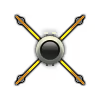 |  |  |  | ||||||||
| 121 kg |  |  | ||||||||||
| 7 × | 252.2 kg |  |  |  |  |  |  | |||||
| 216.5 kg |  |  | ||||||||||
| 240 kg | 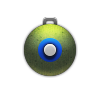 |  | ||||||||||
| 260 kg | 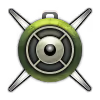 |  |  |  |  |  | ||||||
| 4 × | 235.3 kg |  |  |  |  | |||||||
| 4 × | 866 kg | 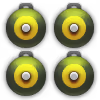 |  | |||||||||
| 4 × | 960 kg | 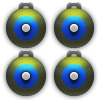 |  | |||||||||
| 2 × | 938 kg | 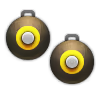 |  |  |  | |||||||
| 2 × | 1,016.6 kg | 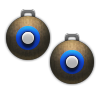 |  |  |  | |||||||
| 570 kg | 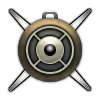 |  |  |  | ||||||||
| 1,090 kg | 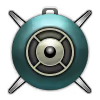 |  |  |  | ||||||||
| 290 kg | 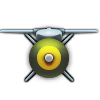 |  |  |  | ||||||||
| 300 kg | 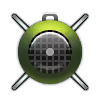 |  |  |  | ||||||||
| 630 kg | 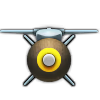 |  |  |  | ||||||||
| Drop tank (1400 liters.) | 68 kg |  |  | |||||||||
| 670 kg | 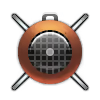 |  |  |  | ||||||||
| 6 × | 1,299 kg |  |  | |||||||||
| 6 × | 1,440 kg | 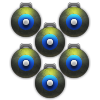 |  | |||||||||
| K/ADC03A targeting pod | 227 kg |  | ||||||||||
| Drop tank (1400 liters.) | 104 kg |  | ||||||||||












Flight performance | |
|---|---|
Survivability |
|---|
Weaponry | |||
|---|---|---|---|
